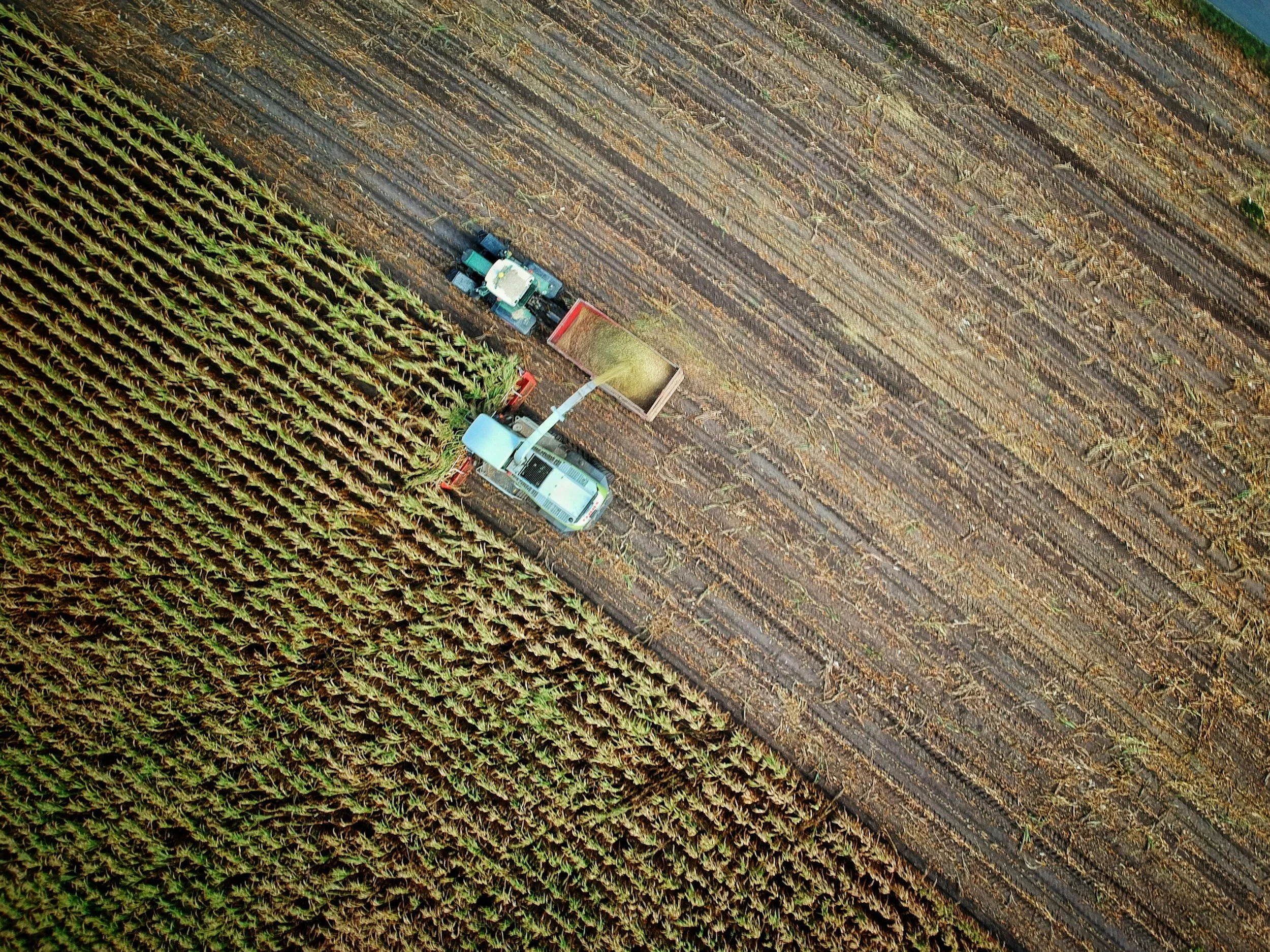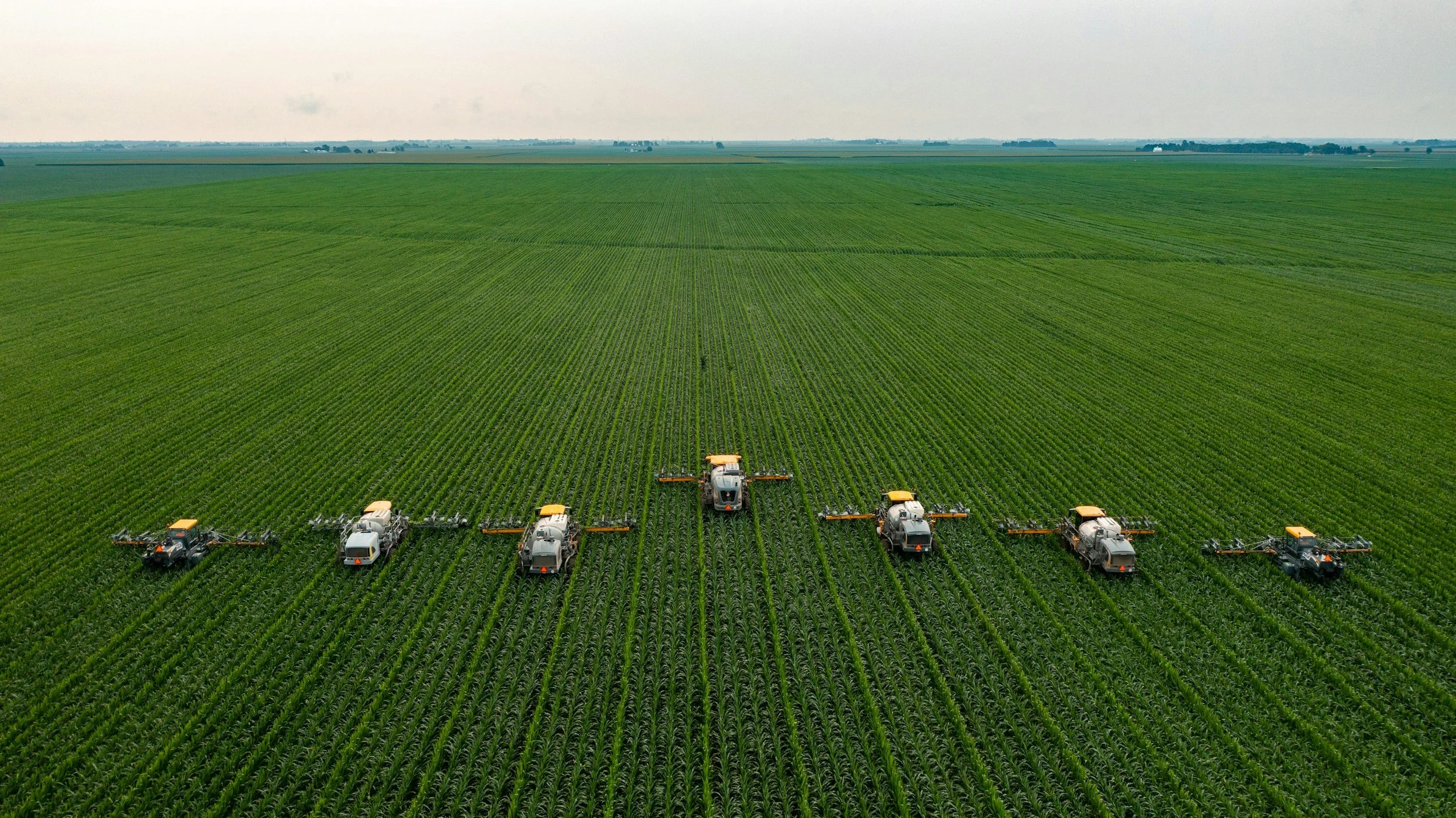Sustainable Solutions for Lake and Pond Management
/Lakes and ponds are the lifeblood of their surrounding ecosystems, supporting a rich diversity of plant and animal life. However, their balance is fragile, easily disrupted by external forces such as pollution, invasive species, and unchecked development.
Managing lakes and ponds sustainably is essential for preserving their ecological balance and ensuring long-term health. With growing environmental concerns, adopting sustainable solutions for lake and pond management is more important than ever. This approach involves using environmentally friendly practices that maintain water quality, support biodiversity, and prevent issues such as algae overgrowth and shoreline erosion.
In this guide, we explore various sustainable strategies that can help protect and enhance these vital aquatic ecosystems, ensuring they remain healthy and vibrant for future generations.
Such ecological challenges require management practices that protect and rejuvenate these essential natural resources. Thus, this article explores approaches that prioritize sustainability, ensuring lakes and ponds remain vibrant and resilient in the face of change.
Common Challenges in Lake and Pond Management
Lakes and ponds face several common challenges that can disrupt the delicate balance of these ecosystems:
Algae Blooms
Algae blooms occur when there’s an excess of nutrients, particularly nitrogen and phosphorus, in the water. These blooms can lead to oxygen depletion, harming fish and other aquatic life. Some algae, like cyanobacteria, produce toxins that are dangerous to wildlife and humans.
Invasive Species
Non-native species, whether plant or animal, can quickly dominate a lake or pond, outcompeting native species and disrupting the ecosystem. Invasive species can alter habitats, reduce biodiversity, and make it difficult for native species to survive.
Water Pollution
Runoff water from agriculture, urban areas, and industrial sites introduces pollutants into lakes and ponds. These pollutants, including chemicals, heavy metals and sediments, degrade water quality, harm aquatic life, and make the water unsafe for human use. Pollution can also contribute to issues like algae blooms and habitat degradation.
Sustainable Lake and Pond Management Strategies
The challenges listed above require thoughtful and sustainable management strategies. They include the following:
Aeration Techniques
Adequate oxygen levels support a diverse range of aquatic life, from fish to microorganisms, and help to prevent problems such as algae blooms and the buildup of harmful toxins. The ecosystem can suffer when oxygen levels drop due to excess nutrients or stagnant water.
For instance, fish may struggle to survive, beneficial bacteria can decline, and the water quality can deteriorate. Thus, aeration comes into play, offering a sustainable solution to keep water bodies vibrant and healthy.
Aeration techniques increase the oxygen levels in water, ensuring that it remains a hospitable environment for aquatic life.
One common method is surface aerators, often seen as fountains or rotating paddles, creating a visually appealing addition to the landscape while serving a critical ecological function. Surface aerators are particularly effective in shallow water bodies where you need oxygen circulation across a wide area.
For deeper lakes and ponds, diffused aeration systems are often more effective. They release tiny bubbles from the bottom of the water body that rise to the surface, bringing oxygen. This method helps to circulate water, preventing the stratification that can lead to oxygen-depleted zones at greater depths. Diffused aeration systems are generally more energy-efficient than surface aerators, and you can tailor them to suit the specific needs of different water bodies.
As you learn the full benefits of each system, you discover that energy sources used to power aeration systems are also evolving. Solar-powered aerators have become increasingly popular, offering a renewable energy option that reduces the carbon footprint of lake and pond management.
Natural Filtration Systems
Natural filtration systems, such as wetlands and aquatic plants, are effective and eco-friendly solutions for maintaining water quality in lakes and ponds. Wetlands act as kidneys, filtering out pollutants and excess nutrients before they reach open water. As water flows through these areas, plants like cattails and water lilies absorb harmful substances, including nitrogen and phosphorus, which can otherwise lead to algae blooms and poor water quality.
Cattails, for example, are particularly effective at removing heavy metals and nutrients from the water, while water lilies provide shade and reduce algae by limiting sunlight penetration. In addition, these plants enhance biodiversity, providing habitats for a wide range of wildlife.
Natural filtration reduces the need for chemical interventions, such as algaecides or synthetic fertilizers.
Managing Invasive Species
Invasive species pose a significant threat to native ecosystems in lakes and ponds, often outcompeting local species for resources, altering habitats, and disrupting the natural balance.
Their presence can reduce biodiversity, with native plants and animals struggling to survive in the face of aggressive invaders. This disruption can also affect the overall health of the water body, as invasive species may contribute to issues like erosion, water quality degradation, and the loss of habitat for native wildlife.
Sustainable methods for managing invasive species focus on minimizing environmental impact while effectively controlling their spread. For example, manual removal, such as hand-pulling or harvesting invasive plants, is a direct approach that can be labor-intensive but effective in small-scale invasions.
Further, biological controls introduce natural predators or competitors to keep invasive populations in check. For example, certain fish species, like grass carp, can control hydrilla, Eurasian watermilfoil, and curly-leaf pondweed by grazing on them.
Conclusion
You can protect and enhance the natural balance that supports diverse aquatic life by adopting practices like natural filtration, aeration, and the careful management of invasive species.
However, implementing these strategies is only the first step. Continuous monitoring is crucial to ensure the interventions remain effective without unintentionally disrupting the ecosystem. Regular assessments allow for adaptive management, enabling you to respond and refine the approaches as needed.
Sustainable solutions for lake and pond management are critical for maintaining the health and vitality of these aquatic ecosystems. By implementing environmentally friendly practices, such as natural aeration, native plantings, and responsible water usage, we can preserve water quality, support diverse wildlife, and prevent common issues like algae blooms and erosion.
These sustainable strategies not only protect the environment but also ensure that lakes and ponds remain beautiful and functional spaces for recreation and wildlife. Embracing these approaches today will help secure the longevity and ecological balance of our water bodies for future generations.
About the Author:
Jessica Assaf is the editor of BeautyLiesTruth.com. She loves traveling and visiting new places, and tends to bring comfort into the trip. She loves spicy food, anything with lemon, nature and doesn't understand the point of taking a picture without one of us appearing in it.








































